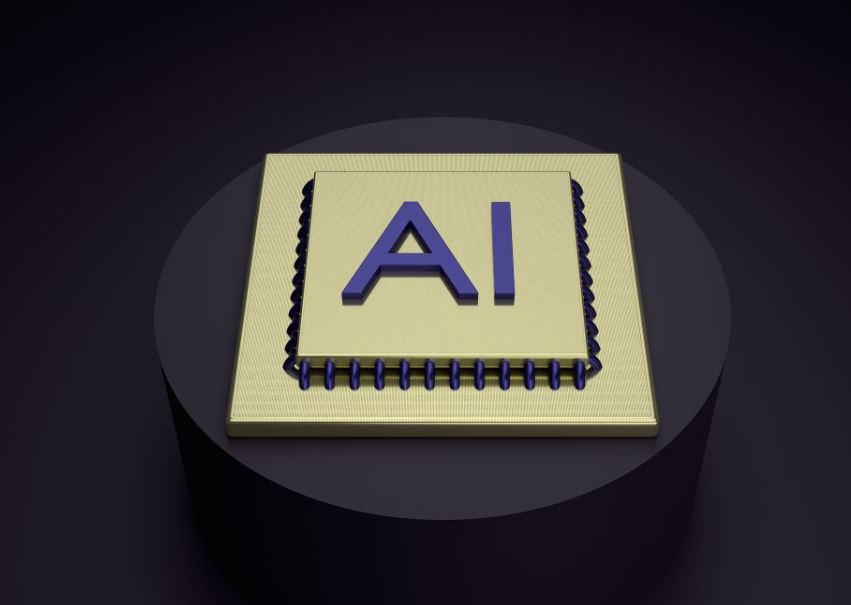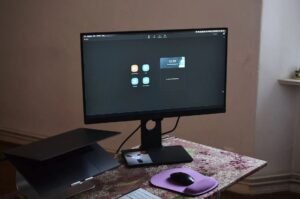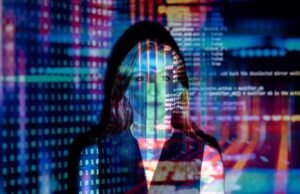Deepfake AI Face Swap
With the rapid development of artificial intelligence (AI), an unsettling technology called deepfake has emerged.
Key Takeaways:
- Deepfake AI technology enables the swapping of faces on videos and images.
- It poses threats to privacy, disinformation campaigns, and the risk of misuse.
- Understanding deepfake technology is important to identify and combat the proliferation of fake content.
Deepfake AI technology refers to the use of artificial intelligence algorithms to swap faces in videos and images, creating incredibly realistic but entirely fake content. This technology utilizes deep learning algorithms, such as convolutional neural networks (CNNs), to map the facial features of one person onto another. The result is a video or image where the person’s face is convincingly replaced with another individual’s face, often without any easily detectable visual artifacts.
Deepfake AI technology has gained notoriety for its potential to deceive and manipulate the masses. In the era of information overload and digital media, deepfake videos can cause considerable harm, potentially leading to political instability, reputational damage, and social unrest.
Threats and Implications:
- Privacy: Deepfake technology threatens personal privacy as anyone’s face can be swapped onto explicit or compromising content without consent.
- Disinformation Campaigns: Deepfake videos can be used to spread false information, manipulating public opinion and potentially contributing to a “post-truth” society.
- Misuse: This technology can be weaponized in cyberbullying, revenge porn, and blackmail scenarios.
Deepfake AI technology has raised concerns among experts and policymakers due to its potential for misuse. These concerns highlight the urgent need to develop robust tools and techniques to detect and combat deepfake content effectively.
Countering Deepfakes:
- Advancements in AI Detection: Researchers are developing advanced algorithms to detect and identify deepfakes accurately.
- Education and Media Literacy: Educating the public about the existence of deepfake technology and teaching critical thinking skills can help individuals discern between real and fake content.
- Regulations and Policies: Governments and tech companies are exploring legislative and policy measures to curb the malicious use of deepfake technology.
The fight against deepfake AI face swaps requires a multi-faceted approach involving the collaboration of technological advancements, public awareness, and policy interventions.
Deepfake in Numbers:
| Year | Number of Deepfake Videos Detected |
|---|---|
| 2017 | 7,964 |
| 2018 | 14,678 |
| 2019 | 37,141 |
Deepfake Detection Accuracy:
| Year | Accuracy |
|---|---|
| 2017 | 45.2% |
| 2018 | 68.5% |
| 2019 | 86.3% |
While progress has been made in developing algorithms to detect deepfake content, the rapid evolution of AI technology calls for continuous improvements to stay ahead of the technology’s advancements.
Conclusion:
The rise of deepfake AI face swaps raises important questions about privacy, disinformation campaigns, and personal security. It is crucial for individuals, organizations, and governments to understand and address the risks associated with deepfakes.
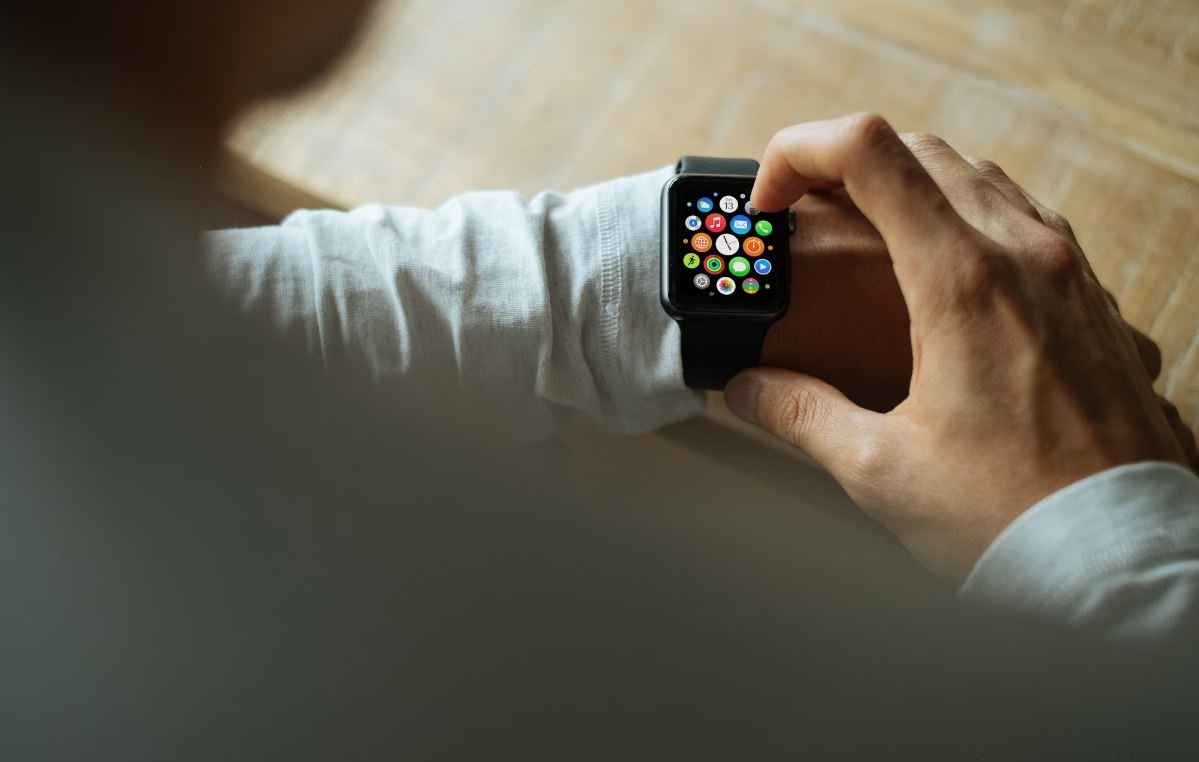
Common Misconceptions
Deepfake AI Face Swap
Deepfake AI face swap technology has gained significant attention and raised concerns in recent years. However, there are several common misconceptions that people often have about this topic. Let’s debunk some of these misconceptions below:
Misconception 1: Deepfakes are only used for malicious purposes
- Many think that the sole purpose of deepfake technology is to create deceptive and harmful content. However, this is not the case.
- Deepfakes have numerous positive applications, such as in the entertainment industry for creating realistic special effects or in the medical field for facial reconstruction.
- Understanding the potential positive use cases of deepfakes helps to dispel the misconception that they are solely used for nefarious purposes.
Misconception 2: Deepfakes are indistinguishable from real videos
- Some people believe that deepfakes are so realistic that they are impossible to detect. However, this is not entirely true.
- While deepfake technology has improved tremendously, there are often subtle signs or inconsistencies that can give away a deepfake video, such as unusual eye movements or blurriness around the edges of the face.
- Researchers and developers are actively working on developing more advanced detection techniques to stay ahead of the deepfake technology.
Misconception 3: Deepfakes pose an immediate threat to society
- There is a fear that the proliferation of deepfakes will have a detrimental impact on society, leading to widespread misinformation and chaos.
- While deepfakes certainly have the potential to be misused, it is important to recognize that the technology is still in its early stages.
- Institutions and individuals are becoming more aware of the risks associated with deepfakes and are taking steps to combat their harmful effects, such as implementing stricter media verification processes.
Misconception 4: Deepfakes are easy to create
- Many believe that creating a convincing deepfake video is a simple process that anyone can undertake. However, it requires significant technical expertise and access to powerful machine learning tools.
- Developing a deepfake involves training a complex AI model on a vast amount of data, which is not something an average person can easily accomplish.
- Recognizing the complexity of deepfake creation helps debunk the misconception that anyone can easily create and distribute convincing fake videos.
Misconception 5: Deepfakes are a new phenomenon
- While deepfake technology has gained substantial attention in recent years, it is not a completely new concept.
- The term “deepfake” was coined in 2017, but the underlying technologies and techniques have been around for years.
- Early forms of face swapping and image manipulation have been used in movies and visual effects for decades.
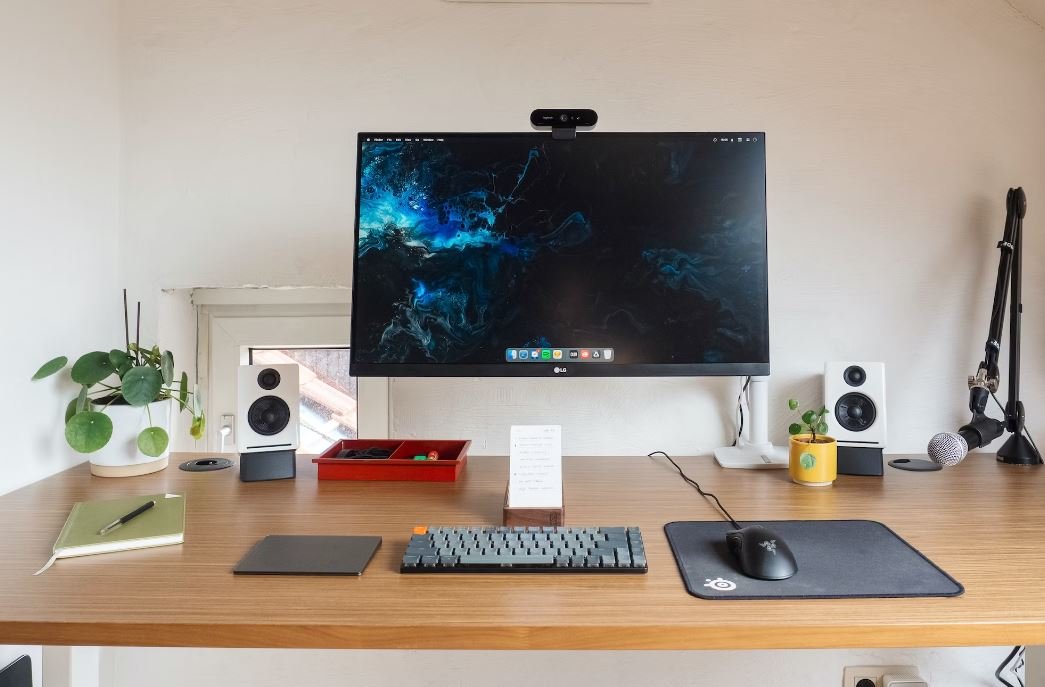
Introduction
Deepfake AI Face Swap is a technology that allows users to replace faces in videos or images with the faces of other individuals, creating incredibly realistic and often convincing results. This article explores the various aspects and implications of this rapidly advancing technology.
Table: Celebrities and Politicians as Targets of Deepfake Face Swaps
Deepfake AI Face Swap technology has been widely used to create fake videos of celebrities and politicians. These face swaps can be misused to spread misinformation, create political propaganda, or engage in cyber harassment.
Table: Impact of Deepfake Face Swaps on Privacy
As deepfake technology becomes more accessible, individuals are increasingly at risk of having their faces swapped into explicit or compromising content without their consent. This invasion of privacy can lead to reputation damage and emotional distress.
Table: Deepfake Face Swaps in Entertainment and Media
The entertainment industry has embraced deepfake technology to create hyper-realistic visual effects in movies and television shows. This enables filmmakers to seamlessly blend actors’ faces into the performances of stunt doubles or younger versions of characters.
Table: Deepfakes and the Spread of Fake News
Deepfake AI Face Swaps can be used to create convincing fake news videos, making it challenging to distinguish between genuine and manipulated content. This poses a significant threat to the credibility of news sources and can propagate false information.
Table: Deepfakes and Criminal Activities
Deepfake technology raises concerns about its potential use in criminal activities such as fraud, identity theft, and blackmail. Criminals can leverage deepfakes to deceive individuals, financial institutions, or law enforcement agencies.
Table: Legal Ramifications of Deepfake Face Swaps
The rise of deepfakes has prompted the need for legislation and legal action to counter the negative consequences. Governments worldwide are actively working to establish regulations that deter the creation and distribution of deepfake content.
Table: Advancements in Deepfake Detection and Prevention
Researchers and technologists are continuously developing methods to detect and prevent deepfake videos. This includes leveraging machine learning algorithms, blockchain technology, and media authentication tools to identify manipulated content.
Table: Ethical Considerations Surrounding Deepfake Technology
The ethical concerns surrounding deepfake technology are manifold. Discussions revolve around consent, privacy, and the potential for harm to individuals and society. There is a need to strike a balance between technological advancements and responsible implementation.
Table: Potential Positive Applications of Deepfake Technology
While deepfake AI Face Swap technology has raised significant concerns, it also has potential positive applications. This includes aiding in the creation of more realistic computer-generated characters, improving virtual reality experiences, and enhancing voice translation technologies.
Conclusion
Deepfake AI Face Swap technology presents a double-edged sword, with both positive and negative implications. The potential to deceive and manipulate raises important questions concerning privacy, ethics, and the security of individuals, yet it also offers exciting possibilities in various industries. Continued research, legislation, and responsible usage guidelines are necessary to navigate the complexities of this evolving technology.
Frequently Asked Questions
What is a deepfake?
A deepfake is a synthetic media, often a video, that superimposes or replaces the face of one person with another, using artificial intelligence techniques.
How does deepfake AI face swap work?
Deepfake AI face swap works by training a machine learning model on a large dataset of images of both the target person and the source person. The model then learns to detect and align facial features before swapping the face from the source to the target.
What are some applications of deepfake AI face swap?
Deepfake AI face swap can be used in the film industry to replace one actor’s face with another or to de-age actors. It can also be used in entertainment, social media, or even for malicious purposes such as spreading fake news or creating non-consensual explicit content.
Is deepfake AI face swap legal?
The legality of deepfake AI face swap varies by jurisdiction. It can raise concerns around privacy, fraud, and intellectual property rights. Creating and sharing deepfakes without consent or for malicious purposes can result in legal repercussions.
Can deepfake AI face swap be detected?
Advancements in deepfake AI technology make it harder to detect deepfakes using traditional methods. However, researchers and developers are also working on developing detection algorithms and techniques to counter deepfake manipulation.
How can I protect myself from being a victim of deepfake AI face swap?
To protect yourself from being a victim of deepfake AI face swap, it is important to exercise caution while sharing personal images or videos online. Be mindful of who has access to your content and consider enabling privacy settings on social media platforms.
What are the ethical concerns surrounding deepfake AI face swap?
There are several ethical concerns surrounding deepfake AI face swap. It can be used to deceive and manipulate people, violate privacy rights, facilitate harassment, and spread misinformation. Proper regulation and awareness are important to address these concerns.
Are there any benefits to deepfake AI face swap?
While deepfake AI face swap has potential negative consequences, it also has certain benefits. It can be used in the entertainment industry for post-production purposes, enabling filmmakers to achieve visual effects that were previously difficult or costly.
What measures are being taken to combat the misuse of deepfake AI face swap?
Organizations, researchers, and governments are actively working on developing detection methods, raising awareness about deepfakes, and exploring legal frameworks to combat the misuse of deepfake AI face swap. Collaboration between various stakeholders is vital to address this issue effectively.
Can deepfake AI face swap be used for positive applications?
Deepfake AI face swap can have positive applications such as assisting in the creation of realistic special effects, enhancing virtual reality experiences, or preserving memories by revitalizing old photographs or videos. Responsible usage is key to ensuring positive outcomes.

